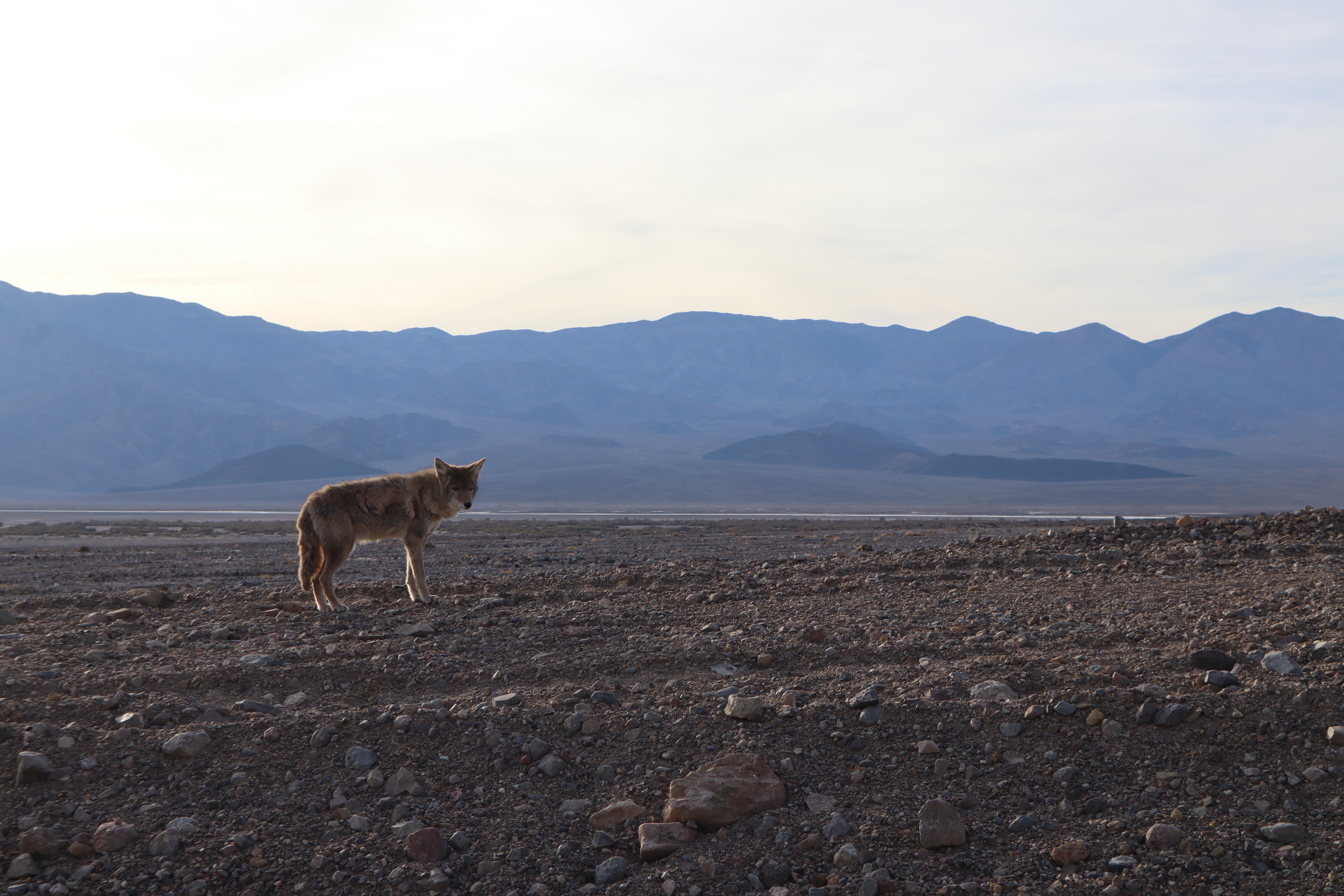The Nature of Computers

Copyright© Miklos Szegedi, 2022.
It is time for the Holidays. We get together with family and friends to be grateful for what we are grateful for.
I started to write my book and this blog in 2019. Lot has happened since then. My business started to get going. I am able to build my very own projects while generating revenue from side hustles.
AI took over the world. It is useful where it is needed. It is not useful where it is not needed. We already have a world where autonomous things act based on what they were created for. It is called nature. As we have animals and plants, we will have bots, machine learning, and malware that influence our lives. We learned to master nature and let’s face it. We are an invasive species. We will be able to handle computers as well.
I expect that there will be an economy of computers. Part of it is the Metaverse, but it includes cloud services, cars, and internet connected cities among others. We get input from them. They live in an economy that is different than ours. There will be positive products of this cooperation, like cheap products that just “grow.”
There will be much influence and manipulation by governments and criminal hacker groups. We will get by. We created national parks, forestry, and pets. We will learn to ignore machine input or any input that does not align well with human rights and needs. We will have rangers that keep machines at bay. We will live with them. The wild nature of machines does not contribute to our GDP directly. However, we can “import” or “harvest” what they grow, and if the net value is positive, we can live happily together.
Education is what I pointed out years ago as the core of all troubles. The most influential of AI will make education and licensing affordable. This is good for the healthcare system, this is good for the industry, and for all the services. Much of the inflation and America’s troubles can be derived back to expensive professional education and the resulting immigration.
Immigration has always been the core of America’s growth. My rough analysis showed that it had been sustained at seven percent per decade for a long time. That means that the population of the United states roughly increased about seven percent every decade since 1970 due to net immigration. Societies are diverse around the world. There will always be minorities who feel underrepresented and move to a new world.
I believe much of culture and history of a country is driven purely by geography in the long run. It is derived from a theory called natural boundaries by historians. The place where these people settle down will always be distant. It will be big enough to ensure independence from the worlds left behind. There will always be a place where people migrate to. It is likely that it will be this distant continent called America.
America’s education system is expensive. The cost of healthcare, engineering, or legal services is a result. Immigration can fill the gap. However, there are conflicting interests in setting cultural quotas, limiting overflows, and keeping citizens and residents on the payroll.
The author of this article thinks that the right immigration system lets only those people in, who have a clear path to citizenship in a country. You may set quotas from different countries, but those should be set before entry. Temporary immigration is a strain on the economy. Once a visa is given, there should be a reasonable path to citizenship.
A system that relies on temporary workers, who meant to go home causes inefficiencies and an apartheid like industry, and society. You change your needs and savings habits, if savings will be spent in a country later with lower purchasing power. Lower wages deter natives from certain professions creating such an apartheid-like society with barriers and walls.
Barriers lower purchasing power, and product quality, which eventually leads to trade deficit, supply chain issues, and inflation like what we see today. A similar process may have happened in the 1970s with high inflation, leading to Milton Friedman’s and Ronald Reagan’s neoliberal revolution. They broke the barriers.
Breaking barriers lets financing flow where it creates value for customers cheaper than where it is invested now. This is not where existing property investors enjoy cheap financing want to spend it. Rates get higher because inflation enforces them to reflect the risk. Projects are financed that pay the higher returns. Much of Silicon Valley in 2022 has been filled with For Lease signs despite the vast amount of office space built. It is a surprising fact. They are actually nicer than the strip malls built in the 1972.
Inflation happens when past money for past value competes with present value expectations. Expanding affordable education, especially licensing, can help to revive America’s economy. Cheap financing and quantitative easing helped many, like my own family, to have meaningful stable jobs for a decade. However, we live in a house built in the 1960s. Inflation, rising rates, and restructuring help to invest where it will yield even more for the next generation. My children may be able to afford a new house when they graduate.
I will address my past topics in the next few months and what has happened to them since 2019.
References:
- https://fred.stlouisfed.org/series/SMPOPNETMUSA#0
- https://fred.stlouisfed.org/series/POPTHM